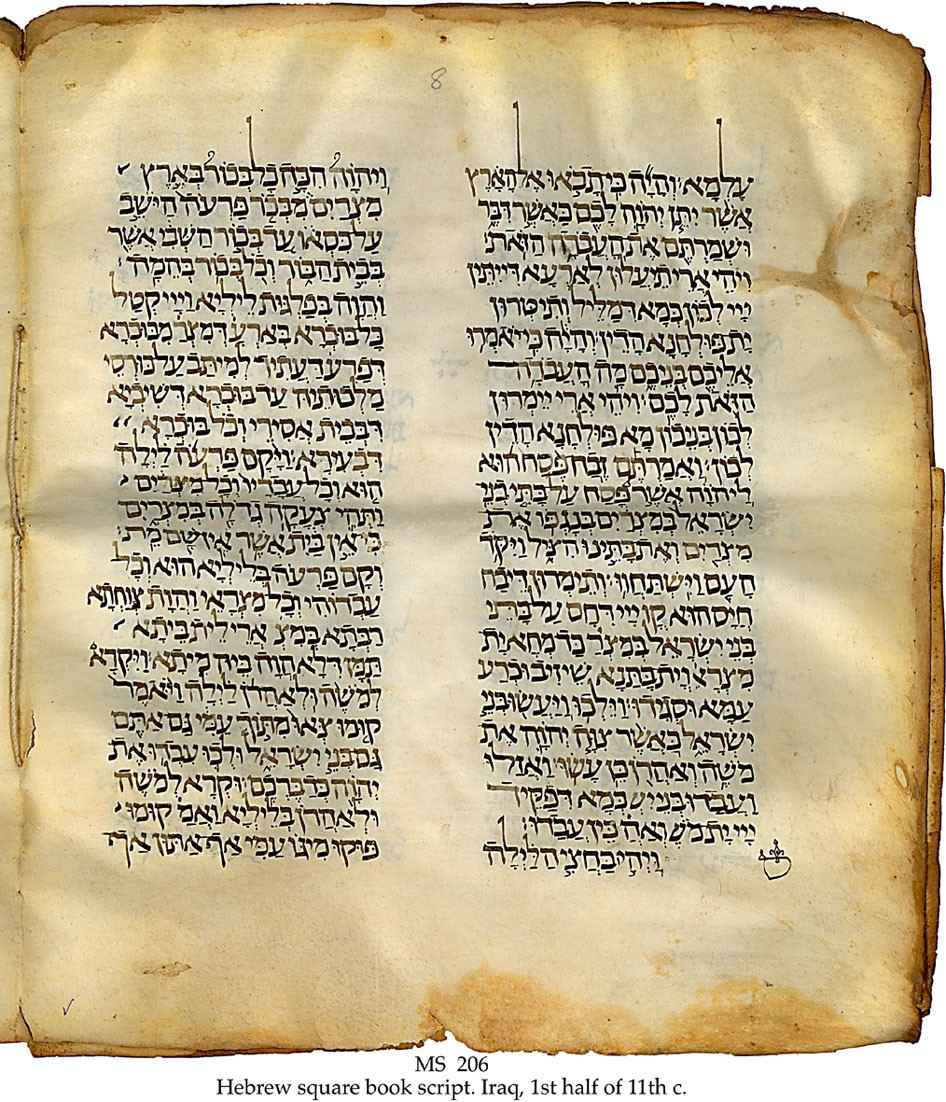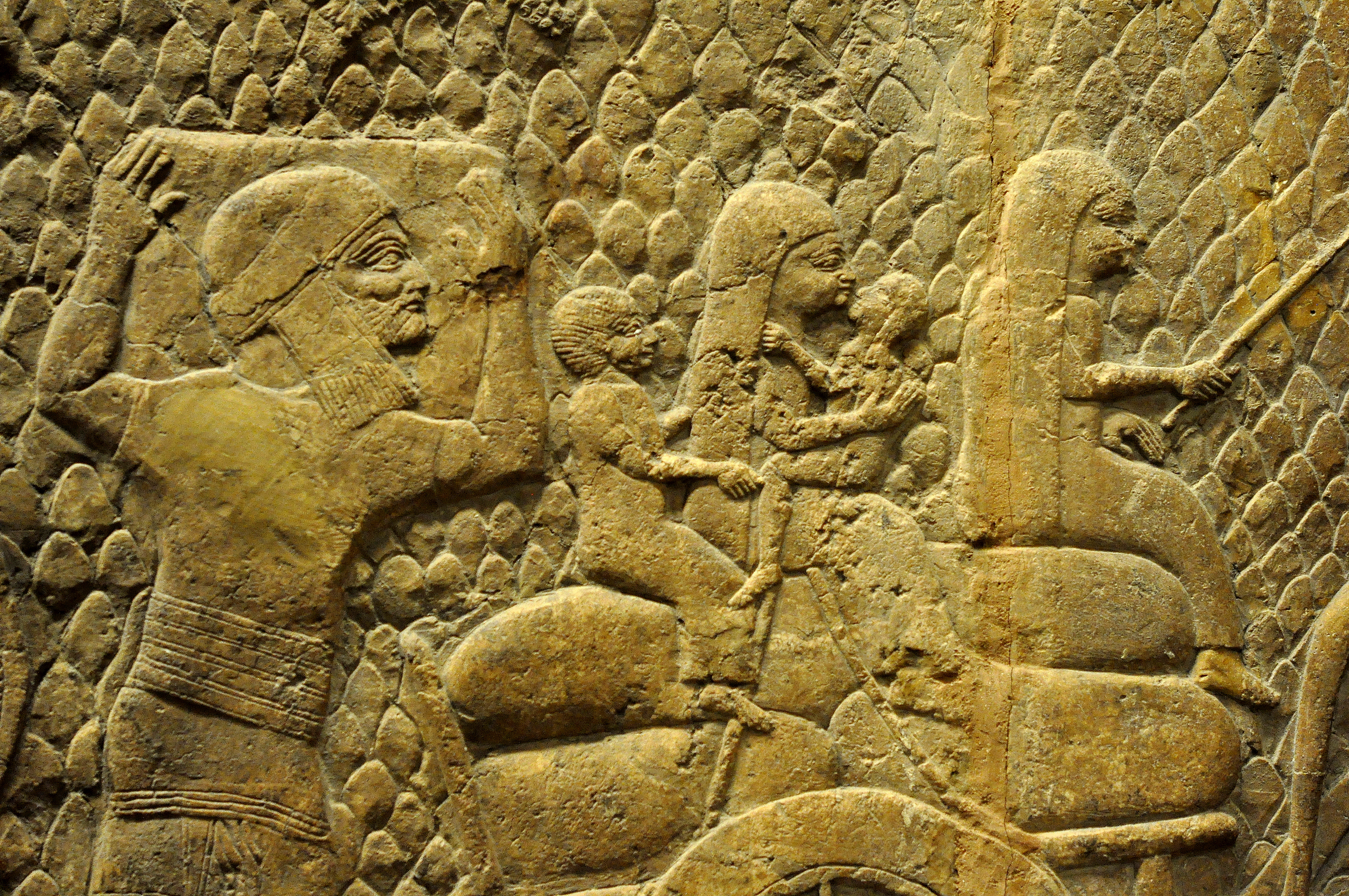|
Ancient Semitic-speaking Peoples
Ancient Semitic-speaking peoples or Proto-Semitic people were people who lived throughout the ancient Near East, including the Levant, Mesopotamia, the Arabian Peninsula, and the Horn of Africa from the 3rd millennium BC until the end of antiquity. Their languages are usually divided into three branches: East, Central and South Semitic languages. The Proto-Semitic language was likely spoken in the 4th millennium BC, and the oldest attested forms of Semitic date to the mid-3rd millennium BC (the Early Bronze Age). Speakers of East Semitic include the people of the Akkadian Empire, Assyria and Babylonia. Central Semitic combines the Northwest Semitic languages and Arabic. Speakers of Northwest Semitic were the Canaanites (including the Phoenicians and the Hebrews) and the Arameans. South Semitic peoples include the speakers of Modern South Arabian languages and Ethiopian Semitic languages. Origins There are several locations proposed as possible sites for prehistoric origin ... [...More Info...] [...Related Items...] OR: [Wikipedia] [Google] [Baidu] |
Ancient Near East
The ancient Near East was the home of early civilizations within a region roughly corresponding to the modern Middle East: Mesopotamia (modern Iraq, southeast Turkey, southwest Iran and northeastern Syria), ancient Egypt, ancient Iran ( Elam, Media, Parthia and Persis), Anatolia/Asia Minor and the Armenian highlands (Turkey's Eastern Anatolia Region, Armenia, northwestern Iran, southern Georgia, and western Azerbaijan), the Levant (modern Syria, Lebanon, Israel, Palestine, and Jordan), Cyprus and the Arabian Peninsula. The ancient Near East is studied in the fields of Ancient Near East studies, Near Eastern archaeology and ancient history. The history of the ancient Near East begins with the rise of Sumer in the 4th millennium BC, though the date it ends varies. The term covers the Bronze Age and the Iron Age in the region, until either the conquest by the Achaemenid Empire in the 6th century BC, that by the Macedonian Empire in the 4th century BC, or the Muslim conquest ... [...More Info...] [...Related Items...] OR: [Wikipedia] [Google] [Baidu] |
Hebrews
The terms ''Hebrews'' (Hebrew: / , Modern: ' / ', Tiberian: ' / '; ISO 259-3: ' / ') and ''Hebrew people'' are mostly considered synonymous with the Semitic-speaking Israelites, especially in the pre-monarchic period when they were still nomadic. However, in some instances it may also be used in a wider sense, referring to the Phoenicians, or to other ancient groups, such as the group known as Shasu of ''Yhw'' on the eve of the Bronze Age collapse, which appears 34 times within 32 verses of the Hebrew Bible. It is sometimes regarded as an ethnonym and sometimes not. By the time of the Roman Empire, Greek ''Hebraios'' could refer to the Jews in general, as ''Strong's Hebrew Dictionary'' puts it, "any of the Jewish Nation", and at other times more specifically to the Jews living in Judea. In early Christianity, the Greek term refers to Jewish Christians as opposed to the gentile Christians and Judaizers (Acts 6:1 among others). is the province where the Temple was located. ... [...More Info...] [...Related Items...] OR: [Wikipedia] [Google] [Baidu] |
Sahara
, photo = Sahara real color.jpg , photo_caption = The Sahara taken by Apollo 17 astronauts, 1972 , map = , map_image = , location = , country = , country1 = , country2 = , country3 = , country4 = , country5 = , country6 = , country7 = , country8 = , country9 = , country10 = ( disputed) , region = , state = , district = , city = , relief = , label = , label_position = , coordinates = , coordinates_ref = , elevation = , elevation_m = , elevation_ft = , elevation_ref = , length = , length_mi = , length_km = 4,800 , length_orientation = , length_note = , width = , width_mi = , width ... [...More Info...] [...Related Items...] OR: [Wikipedia] [Google] [Baidu] |
Cádiz
Cádiz (, , ) is a city and port in southwestern Spain. It is the capital of the Province of Cádiz, one of eight that make up the autonomous community of Andalusia. Cádiz, one of the oldest continuously inhabited cities in Western Europe, was founded by the Phoenicians.Strabo, '' Geographica'' 3.5.5 In the 18th century, the Port in the Bay of Cádiz consolidated as the main harbor of mainland Spain, enjoying the virtual monopoly of trade with the Americas until 1778. It is also the site of the University of Cádiz. Situated on a narrow slice of land surrounded by the sea‚ Cádiz is, in most respects, a typically Andalusian city with well-preserved historical landmarks. The older part of Cádiz, within the remnants of the city walls, is commonly referred to as the Old Town (Spanish: ''Casco Antiguo''). It is characterized by the antiquity of its various quarters (''barrios''), among them ''El Pópulo'', ''La Viña'', and ''Santa María'', which present a marked contr ... [...More Info...] [...Related Items...] OR: [Wikipedia] [Google] [Baidu] |
Ancient Carthage
Carthage () was a settlement in modern Tunisia that later became a city-state and then an empire. Founded by the Phoenicians in the ninth century BC, Carthage reached its height in the fourth century BC as one of the largest metropolises in the worldGeorge Modelski, ''World Cities: –3000 to 2000'', Washington DC: FAROS 2000, 2003. . Figures in main tables are preferentially cited. Part of former estimates can be read at Evolutionary World Politics Homepage Archived 2008-12-28 at the Wayback Machine and the centre of the Carthaginian Empire, a major power in the ancient world that dominated the western Mediterranean. Following the Punic Wars, Carthage was destroyed by the Romans in 146 BC, who later rebuilt the city lavishly. Carthage was settled around 814 BC by colonists from Tyre, a leading Phoenician city-state located in present-day Lebanon. In the seventh century BC, following Phoenicia's conquest by the Neo-Assyrian Empire, Carthage became independent, gradually ex ... [...More Info...] [...Related Items...] OR: [Wikipedia] [Google] [Baidu] |
Colonies In Antiquity
Colonies in antiquity were post-Iron Age city-states founded from a mother-city (its "metropolis"), not from a territory-at-large. Bonds between a colony and its metropolis remained often close, and took specific forms during the period of classical antiquity. Generally, colonies founded by the ancient Phoenicians, Carthage, Rome, Alexander the Great and his successors remained tied to their metropolis, but Greek colonies of the Archaic and Classical eras were sovereign and self-governing from their inception. While Greek colonies were often founded to solve social unrest in the mother-city, by expelling a part of the population, Hellenistic, Roman, Carthaginian, and Han Chinese colonies were used for trade, expansion and empire-building. Egyptian colony Egyptian settlement and colonisation is attested from about 3200 BC onward all over the area of southern Canaan with almost every type of artifact: architecture (fortifications, embankments and buildings), pottery, vessels, to ... [...More Info...] [...Related Items...] OR: [Wikipedia] [Google] [Baidu] |
Spain
, image_flag = Bandera de España.svg , image_coat = Escudo de España (mazonado).svg , national_motto = ''Plus ultra'' (Latin)(English: "Further Beyond") , national_anthem = (English: "Royal March") , image_map = , map_caption = , image_map2 = , capital = Madrid , coordinates = , largest_city = Madrid , languages_type = Official language , languages = Spanish language, Spanish , ethnic_groups = , ethnic_groups_year = , ethnic_groups_ref = , religion = , religion_ref = , religion_year = 2020 , demonym = , government_type = Unitary state, Unitary Parliamentary system, parliamentary constitutional monarchy , leader_title1 = Monarchy of Spain, Monarch , leader_name1 = Felipe VI , leader_title2 = Prime Minister of Spain ... [...More Info...] [...Related Items...] OR: [Wikipedia] [Google] [Baidu] |
North Africa
North Africa, or Northern Africa is a region encompassing the northern portion of the African continent. There is no singularly accepted scope for the region, and it is sometimes defined as stretching from the Atlantic shores of Mauritania in the west, to Egypt's Suez Canal. Varying sources limit it to the countries of Algeria, Libya, Morocco, and Tunisia, a region that was known by the French during colonial times as "''Afrique du Nord''" and is known by Arabs as the Maghreb ("West", ''The western part of Arab World''). The United Nations definition includes Morocco, Algeria, Tunisia, Libya, Egypt, Sudan, and the Western Sahara, the territory disputed between Morocco and the Sahrawi Republic. The African Union definition includes the Western Sahara and Mauritania but not Sudan. When used in the term Middle East and North Africa (MENA), it often refers only to the countries of the Maghreb. North Africa includes the Spanish cities of Ceuta and Melilla, and plazas de s ... [...More Info...] [...Related Items...] OR: [Wikipedia] [Google] [Baidu] |
Ethiopia
Ethiopia, , om, Itiyoophiyaa, so, Itoobiya, ti, ኢትዮጵያ, Ítiyop'iya, aa, Itiyoppiya officially the Federal Democratic Republic of Ethiopia, is a landlocked country in the Horn of Africa. It shares borders with Eritrea to the north, Djibouti to the northeast, Somalia to the east and northeast, Kenya to the south, South Sudan to the west, and Sudan to the northwest. Ethiopia has a total area of . As of 2022, it is home to around 113.5 million inhabitants, making it the 13th-most populous country in the world and the 2nd-most populous in Africa after Nigeria. The national capital and largest city, Addis Ababa, lies several kilometres west of the East African Rift that splits the country into the African and Somali tectonic plates. Anatomically modern humans emerged from modern-day Ethiopia and set out to the Near East and elsewhere in the Middle Paleolithic period. Southwestern Ethiopia has been proposed as a possible homeland of the Afroasiatic langua ... [...More Info...] [...Related Items...] OR: [Wikipedia] [Google] [Baidu] |
Eastern Mediterranean
Eastern Mediterranean is a loose definition of the eastern approximate half, or third, of the Mediterranean Sea, often defined as the countries around the Levantine Sea. It typically embraces all of that sea's coastal zones, referring to communities connected with the sea and land greatly climatically influenced. It includes the southern half of Turkey's main region Anatolia, its smaller Hatay Province, the island of Cyprus, the Greek Dodecanese islands, and the countries of Egypt, Israel, Jordan, Palestine, Syria and Lebanon. Its broadest uses can embrace the Libyan Sea thus Libya; the Aegean Sea thus European Turkey (East Thrace), the mainland and islands of Greece; and a central part of the Mediterranean, the Ionian Sea, thus southern Albania in Southeast Europe reaching, west, to Italy's farthest south-eastern coasts. Jordan is climatically, and economically part of the region. Regions The eastern Mediterranean region is commonly interpreted in two ways: *The Levant, inc ... [...More Info...] [...Related Items...] OR: [Wikipedia] [Google] [Baidu] |
Targum
A targum ( arc, תרגום 'interpretation, translation, version') was an originally spoken translation of the Hebrew Bible (also called the ''Tanakh'') that a professional translator ( ''mǝturgǝmān'') would give in the common language of the listeners when that was not Hebrew. This had become necessary near the end of the first century BC, as the common language was Aramaic and Hebrew was used for little more than schooling and worship. The translator frequently expanded his translation with paraphrases, explanations and examples, so it became a kind of sermon. Writing down the targum was initially prohibited; nevertheless, some targumitic writings appeared as early as the middle of the first century AD. They were not then recognized as authoritative by the religious leaders. Some subsequent Jewish traditions (beginning with the Babylonian Jews) accepted the written targumim as authoritative translations of the Hebrew scriptures into Aramaic. Today, the common meaning of '' ... [...More Info...] [...Related Items...] OR: [Wikipedia] [Google] [Baidu] |




